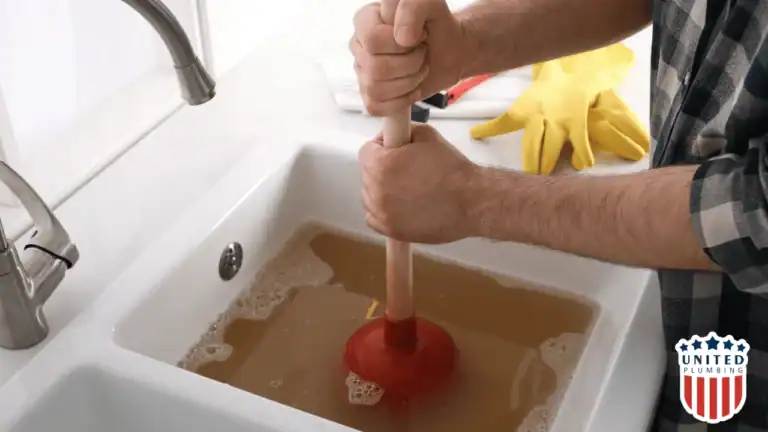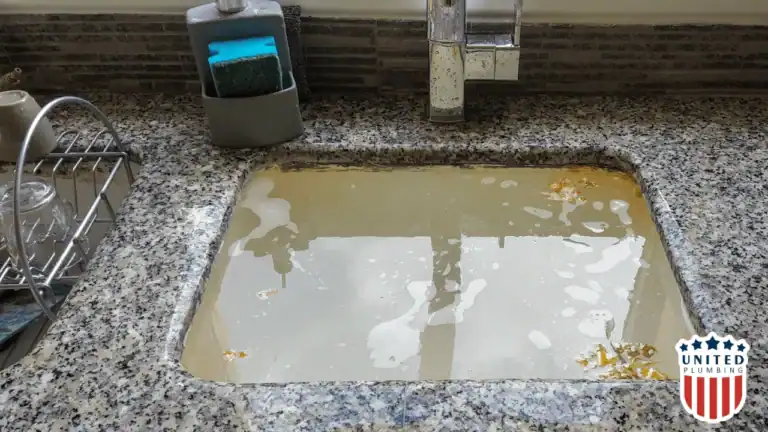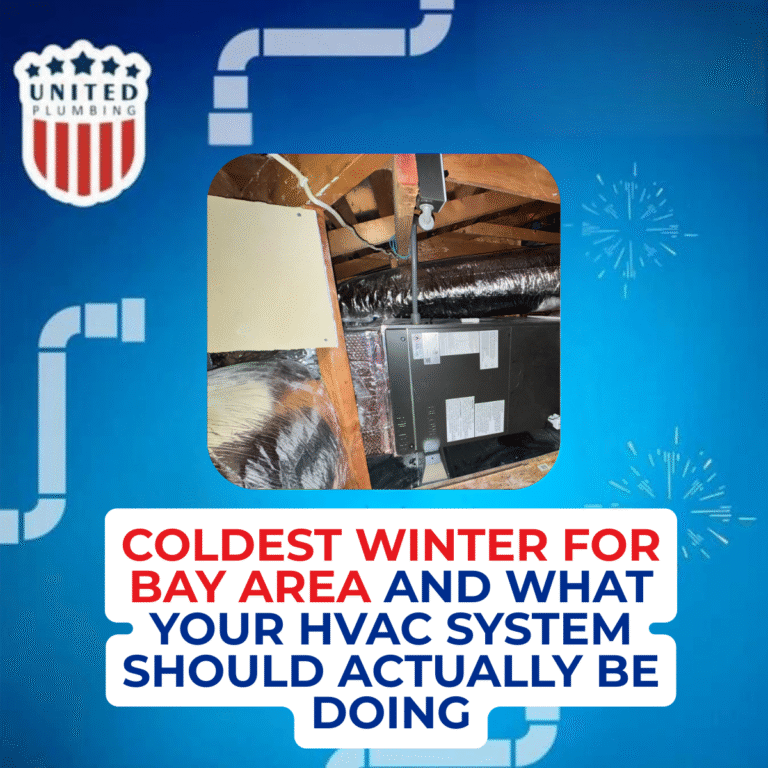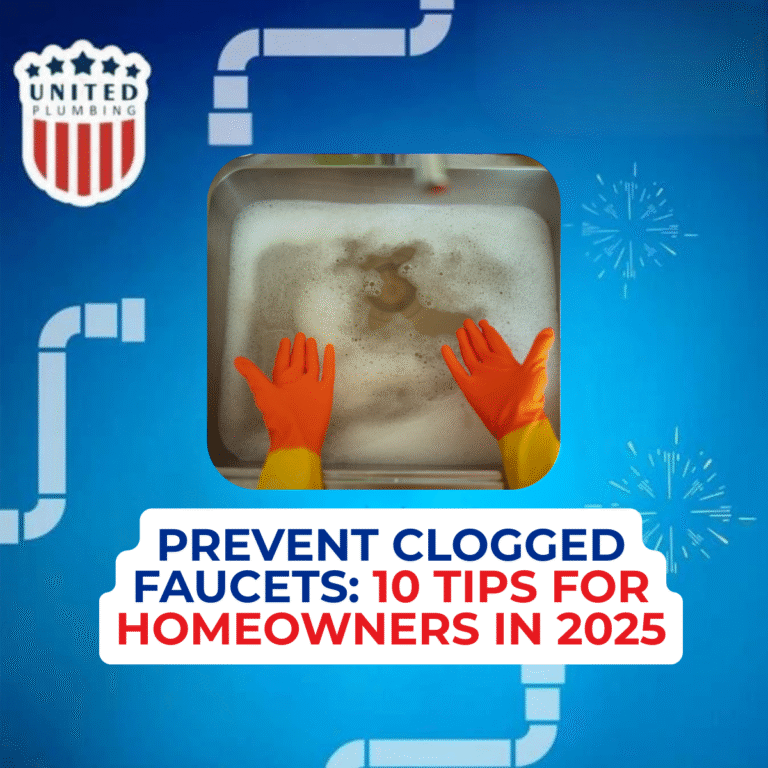FIVE-STAR TEAM WARRANTY &
SAME-DAY SERVICE
How to Clean your Drain? Prevent Clogs and Costly Repairs
Clogged drains are one of the most common and frustrating problems homeowners face. Whether it’s a kitchen sink that won’t drain after cooking, a shower that leaves you ankle-deep in water, or a toilet that constantly backs up, the impact is more than inconvenient it can signal serious issues in your plumbing system.
As a homeowner, understanding how to maintain clean drains isn’t just about convenience. It’s about protecting your home from water damage, avoiding costly emergency calls, and extending the life of your plumbing system. In this guide, we’ll cover safe DIY methods, when to call a plumber, real cost comparisons, seasonal tips, and expert insights so you can feel confident about managing your home’s drains.
Why Drain Cleaning Matters
Neglected drains can lead to:
- Clogs and backups that stop water from flowing properly.
- Foul odors caused by trapped food, grease, or waste.
- Pipe damage as buildup corrodes or puts pressure on plumbing.
- Water damage from leaks or overflowing drains.
According to the Plumbing-Heating-Cooling Contractors Association (PHCC), drain blockages are among the top five reasons for emergency plumbing calls each year. Proactive cleaning can save homeowners thousands of dollars over time.
Signs You Need Drain Cleaning

- Slow-draining sinks, tubs, or showers.
- Gurgling noises from pipes.
- Bad smells coming from kitchen or bathroom drains.
- Water pooling around drains or fixtures.
- Frequent clogs, even after plunging.
Pro Insight: If you notice multiple drains backing up at once, it could be a sign of a main sewer line issue, not just a small clog.
Safe DIY Drain Cleaning Options
Homeowners often try DIY solutions before calling a plumber. Here are safe, proven methods:
- Hot water + dish soap: Helps dissolve grease buildup in kitchen sinks.
- Baking soda + vinegar: A natural reaction that loosens debris. Pour baking soda, follow with vinegar, let fizz, then flush with hot water.
- Drain snake: A simple tool for pulling out hair and small clogs.
Avoid chemical drain cleaners. While cheap and convenient, they can corrode pipes, harm the environment, and create bigger plumbing problems.
Professional Drain Cleaning Services
Some clogs require professional tools and expertise:
- Hydro jetting: High-pressure water clears stubborn buildup.
- Camera inspections: Pinpoint exact problem areas inside pipes.
- Root removal: Tree roots often invade sewer lines.
Cost comparison:
- Preventive drain cleaning: $150–$300
- Emergency sewer line repair: $3,000–$7,000+
Trust Factor: Always hire a licensed plumber improper cleaning can damage pipes or push clogs further down.
Seasonal Drain Cleaning Tips
- Spring: Heavy rains can overload outdoor drains and sump pumps.
- Fall: Leaves and debris can clog gutters and yard drains.
- Winter: Grease buildup from holiday cooking is a top cause of kitchen sink clogs.
Cost Savings and Benefits

Routine drain maintenance helps:
- Reduce plumbing emergencies.
- Increase pipe lifespan.
- Save money on water bills by improving flow efficiency.
Fact: A $200 annual cleaning is far cheaper than a $5,000 sewer line replacement.
Conclusion
Drain cleaning isn’t glamorous, but it’s essential. By combining simple DIY methods with scheduled professional maintenance, homeowners can avoid clogs, protect their plumbing systems, and save thousands of dollars in repairs.
If you’re experiencing recurring clogs or signs of a sewer line issue, don’t wait call a licensed plumber to inspect and service your drains before the problem gets worse.
Post views: 399
FAQs About Drain Cleaning
Q: How often should I clean my drains?
A: Light DIY maintenance every few months, and a professional cleaning once a year.
Q: Can clogged drains attract pests?
A: Yes. Standing water and debris can attract flies, cockroaches, and even rodents.
Q: What’s the safest DIY method?
A: Baking soda and vinegar, followed by hot water.
Q: Are drain screens worth it?
A: Absolutely. They’re inexpensive and catch hair, food, and debris before they enter pipes.
Q: How do I know if it’s a sewer line problem?
A: If multiple drains clog at once, or you notice sewage backup, it’s likely a sewer line issue.
Latest posts

Coldest winter for Bay Area in 2025 And What Your HVAC System Should Actually Be Doing
If your home feels colder than usual this winter, you’re not imagining it. Bay Area home heating systems are being...

Prevent Clogged Faucets: 10 Tips for Homeowners in 2025
Clogged faucets are one of the most common service calls we handle in California homes, and the good news is that...


If you still have questions or need advice, please leave a request and we will contact you as soon as possible
Need a plumber and got no clue where to start?
(408) 539-6936Facing a plumbing issue? Get a FREE in-person estimate and quick solutions from our skilled technicians, ensuring your home runs smoothly again!
